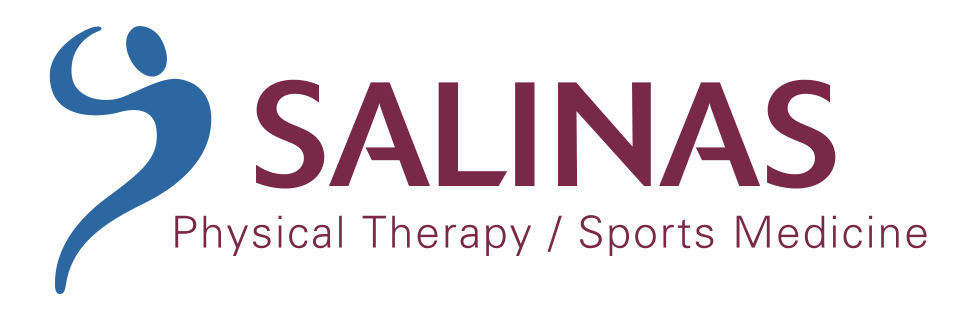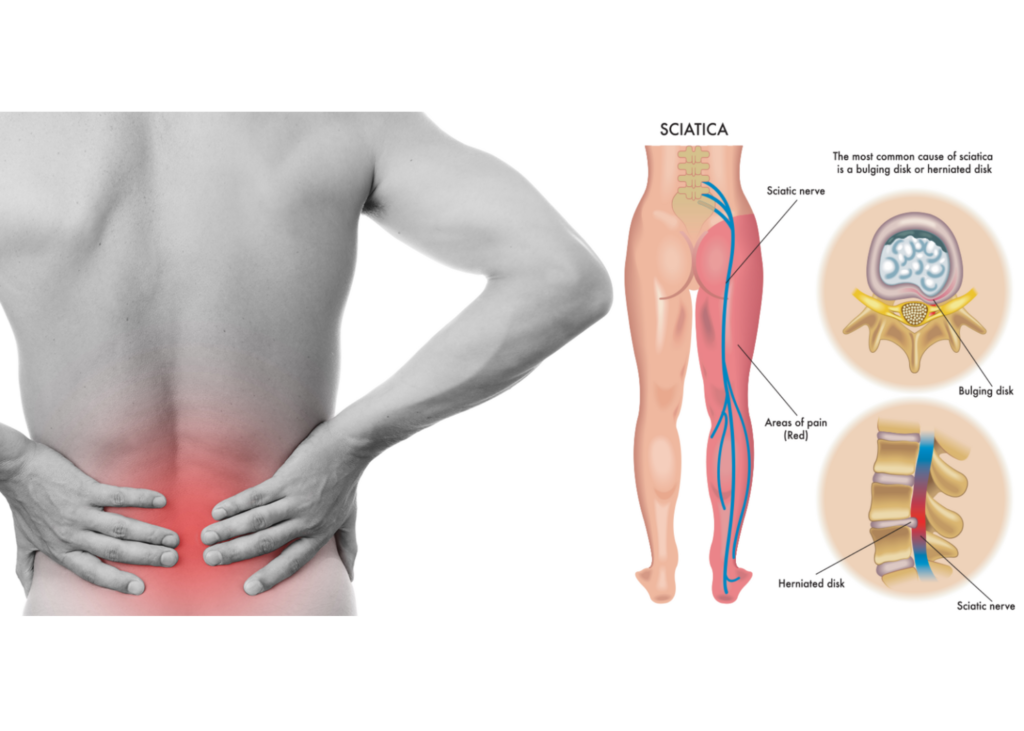Phone: (714) 695-1566
Fax: (714) 695-1553
Email: info@salinaspt.com
23655 Via Del Rio, Suite C
Yorba Linda, CA 92887

Phone: (714) 695-1566
Fax: (714) 695-1553
Email: info@salinaspt.com
23655 Via Del Rio, Suite C
Yorba Linda, CA 92887


Ruben Salinas is the founder and president of Salinas PT.
Sciatica can be one of the most debilitating and painful conditions. It’s estimated nearly 40% of people will experience sciatic pain at some point. In this post we’ll define sciatic pain, list some of the most common causes, and provide solutions for managing the pain.
Sciatica is a term that describes a painful condition caused by an irritated sciatic nerve. The sciatic nerve is made up of 5 nerve roots originating in the lumbar spine. These nerve roots exit the spine and combine together at the pelvis forming the largest nerve of the body. Once combined, the sciatic nerve emerges through the hips and the buttocks extending down the back of both legs.
The sciatic nerve provides motor function to the hamstrings, lower extremity adductors, and indirect motor function to the calf muscles, anterior leg muscles and some foot muscles. It also provides sensation to the posterior and lateral lower leg as well as the plantar aspect of the foot. Any condition that structurally impacts or compresses the sciatic nerve may cause sciatica symptoms.
Some of the most common causes of sciatica include herniated or bulging discs applying pressure on the sciatic nerve. The pain often radiates down the back of the leg and can sometimes be confused as a hamstring strain. The pain can be either constant or intermittent and can result in numbness or tingling sensation in the leg.

Sciatica can present almost anywhere along the sciatic nerve pathway. Symptoms may include:
A thorough evaluation of the spine is conducted to determine the root cause of your pain. Active movement tests, muscle testing, reflexes, and specialized tests such as a straight leg raise are typically performed to localize the source of the problem.

Sciatica can typically be treated conservatively and may not require surgery. Rest, along with learning how to protect your spine by modifying your activity is typically all that is needed to improve your level of pain. Strengthening your core and improving your level of fitness will help prevent future recurrences.
If you are experiencing symptoms of sciatica, don’t hesitate to reach out. Our team will provide you with a comprehensive evaluation to determine if you can benefit from physical therapy treatment. If treatment is deemed necessary, we’ll teach you the movement patterns and strategies to avoid future sciatica related issues.
In good health,
Ruben Salinas, PT, DPT, OCS, CSC
Sources:
1.) Davis D, Maini K, Vasudevan A. Sciatica. [Updated 2022 May 6]. In: StatPearls [internet]. Treasure Island (FL): StatPearls Publishing; 2023 Jan-. Available from: https://www.ncbi.nlm.nih.gov/books/NBK507908/
2.) Camino Willhuber GO, Piuzzi NS. Straight Leg Raise Test. [Updated 2023 Feb 5] In: StratPearls [Internet]. Treasure Island (FL) : StatPearls Publishing; 2023 Jan – . Available from: https://www.ncbi.nlm.nih.gov/books/NBK539717/